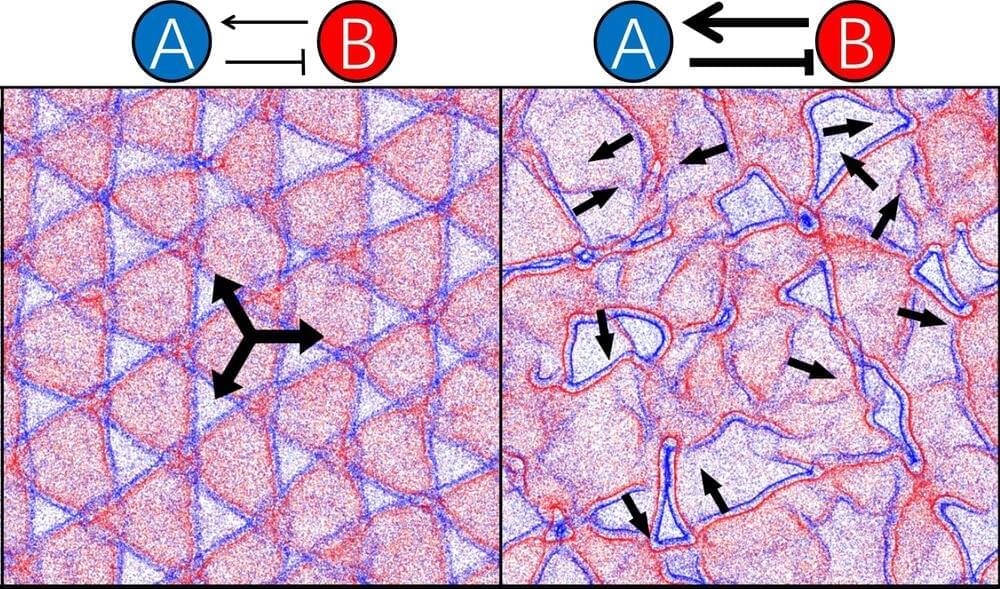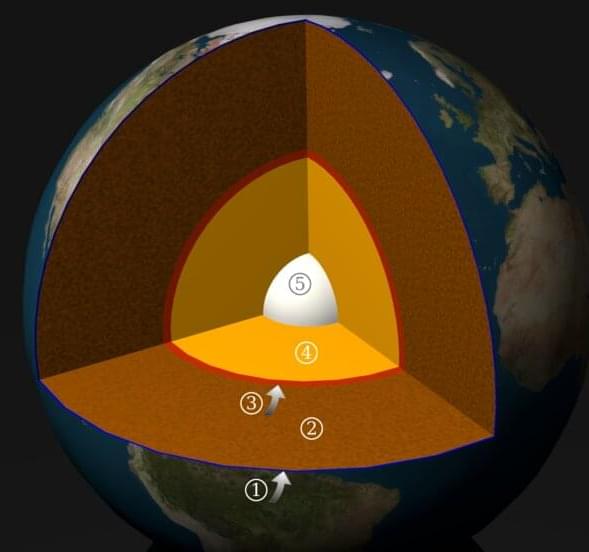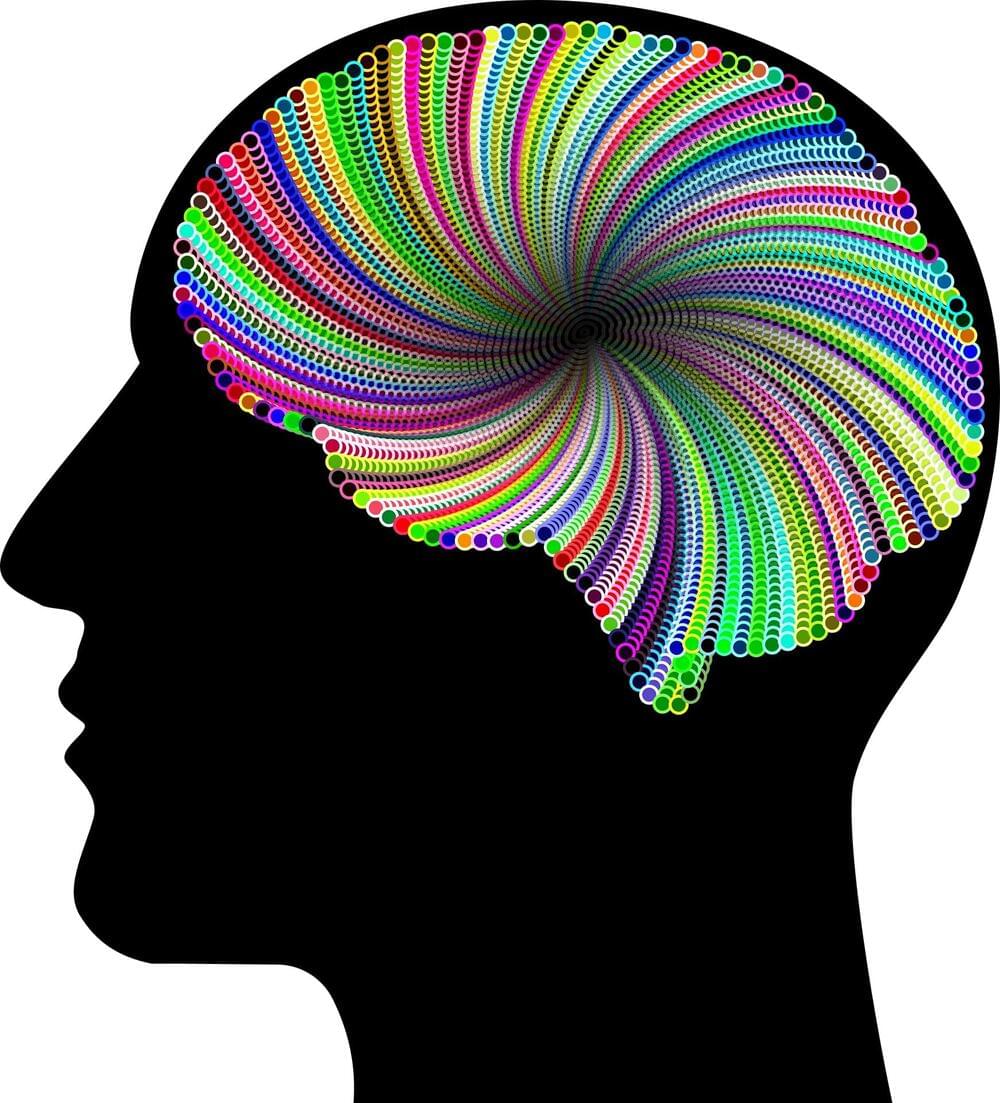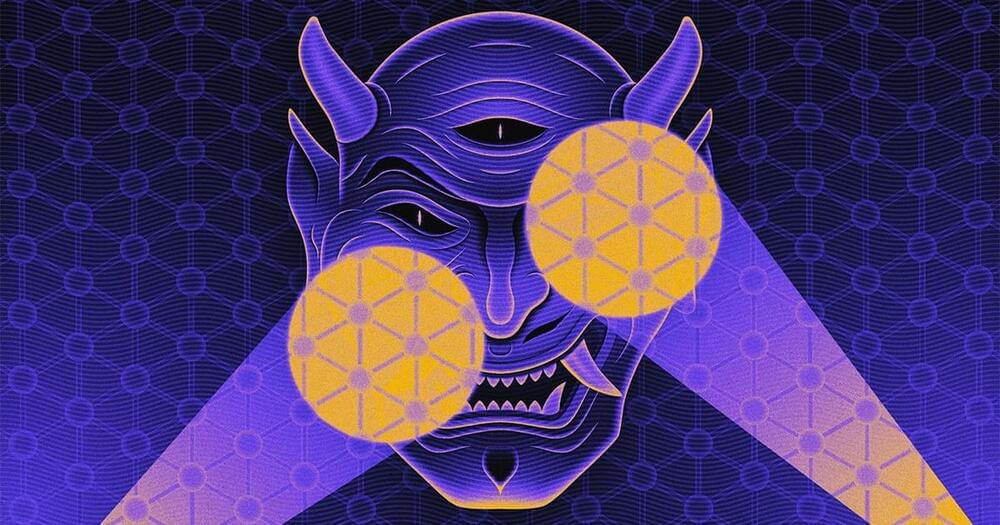Oct 9, 2023
Unifying matter, energy and consciousness: Applying physics to a thorny topic
Posted by Saúl Morales Rodriguéz in categories: physics, robotics/AI
With the rise of brain-interface technology and artificial intelligence that can imitate brain functions, understanding the nature of consciousness and how it interacts with reality is not just an age-old philosophical question but also a salient challenge for humanity.
Can AI become conscious, and how would we know? Should we incorporate human or animal cells, such as neurons, into machines and robots? Would they be conscious and have subjective experiences? Does consciousness reduce to physicalism, or is it fundamental? And if machine-brain interaction influenced you to commit a crime, or caused a crime, would you be responsible beyond a reasonable doubt? Do we have a free will?
AI and computer science specialist Dr. Mahendra Samarawickrama, winner of the Australian Computer Society’s Information and Communications Technology (ICT) Professional of the year, has applied his knowledge of physics and artificial neural networks to this thorny topic.


















